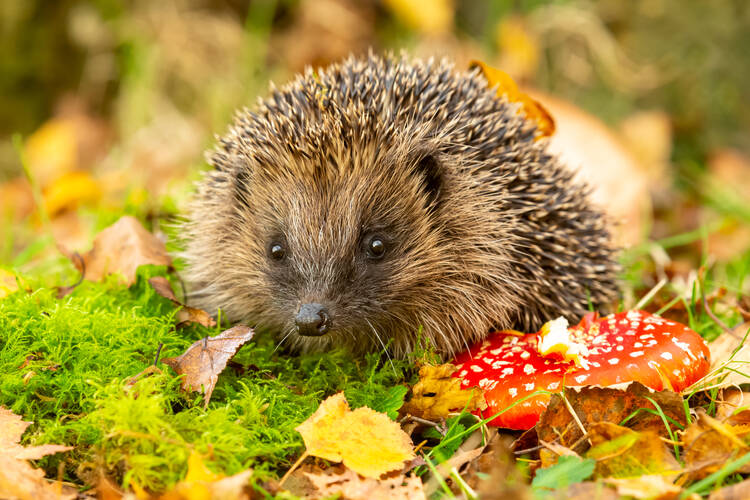
In a world-first, artificial intelligence will be used to assess Britain’s hedgehog population. Volunteers are needed!
By
It’s got to be one of the best-loved animals in Britain. But, in a 2022 report by the UK’s National Biodiversity Network (NBN) it was announced that hedgehog populations in rural Britain (in urban areas the population was just about stable) had fallen a staggering 30-75 per cent from the year 2000 with the biggest falls in the East Midlands and regions in the east of England.
Now, a pioneering three-year project – the National Hedgehog Monitoring Programme (NHMP) – has been launched that is hoped will allow accurate estimates of hedgehog populations in different habitats across Britain. This information will then be used to plan and implicate conservation projects in an effort to boost the population of everyone’s favourite spiky animal. What makes this project different to any that have gone before it is that its going to be reliant on AI technology.
The project, which is being led by wildlife charities, The British Hedgehog Preservation Society (BHPS) and People’s Trust for Endangered Species (PTES) in partnership with Nottingham Trent university, ZSL’s London HogWatch, Durham university and MammalWeb will use trail cameras to capture hedgehogs scuffling about a range of different British habitats including woodlands, fields, private gardens and city parks. Because the researchers expect to receive a lot of images that would take a great deal of time to manually sift through, they will be using AI algorithms to weed out all the images of people or that are blank. After that home-based volunteers will go through the remaining images to find all those containing hedgehogs.
Dr Henrietta Pringle, National Hedgehog Monitoring Programme Coordinator at People’s Trust for Endangered Species, gives us more insight into the project, ‘For the first time in the history of hedgehog conservation, we’re using AI to open up new opportunities, which is extremely exciting. Previous studies have estimated hedgehog populations, but there has never been a rigorous nationwide survey of them – until now. We know hedgehogs are struggling, especially in the countryside, but before we can put practical conservation measures in place we need to understand where they are and why they’re declining. This is the first study where populations are measured year after year, in the same location, which will produce vital data and allow us to identify those at risk, which in time will hopefully help us to reverse the decline. The results will also allow us to see regional and habitat differences, and identify what factors impact them in different places, which will not only be fascinating but also incredibly useful for their long-term conservation.’
In order to make the project a success, the researchers are asking for volunteers to help sift through the thousands of trail camera images that are likely to be generated. Volunteers will be expected to look through a sequence of images and tag what species of animal you see on the picture. Training and ID guides will be provided.
If you want to be a volunteer, sign up here.
Related articles:




